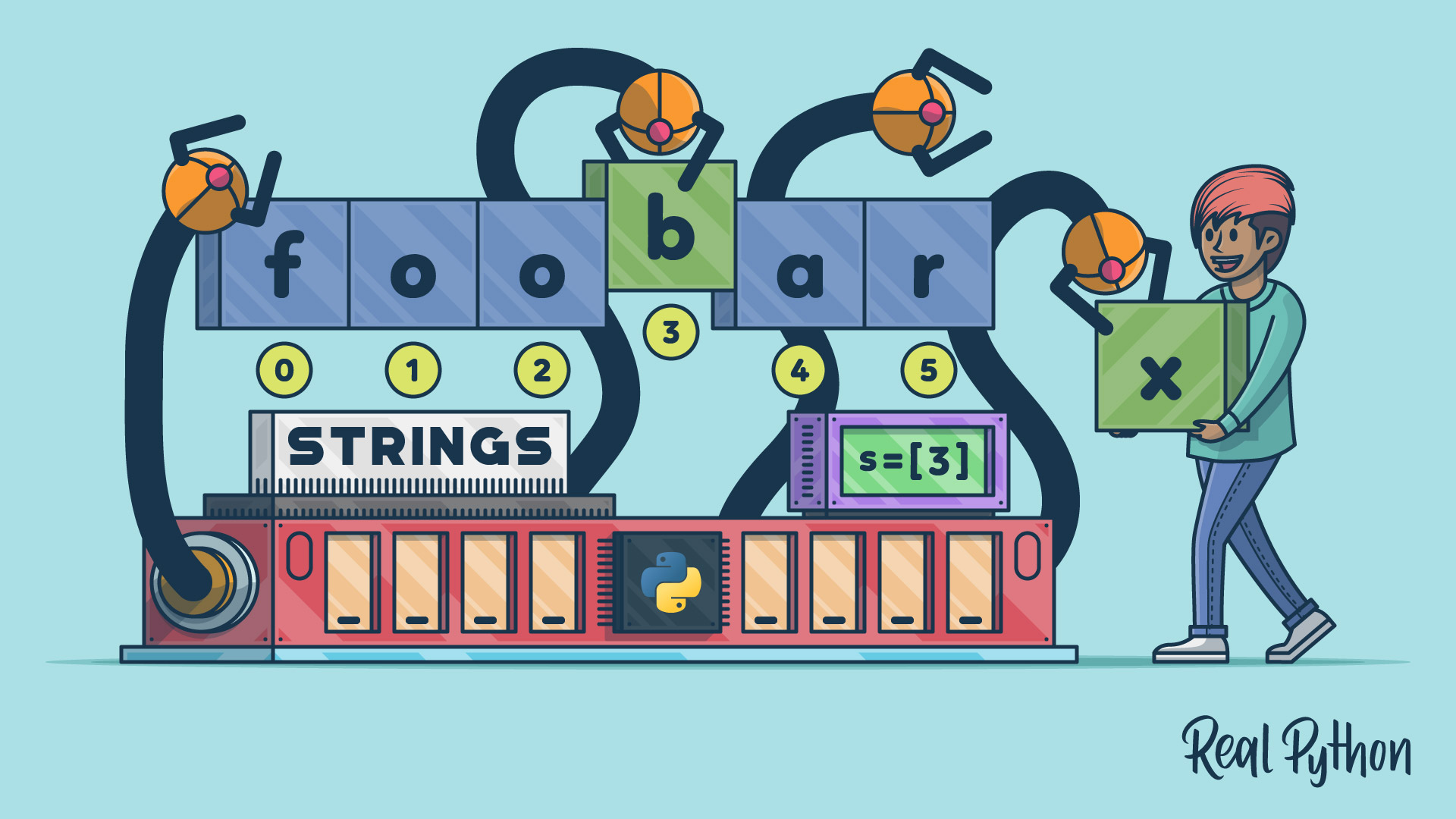In this course, you’ll learn about working with strings, which are objects that contain sequences of character data. Processing character data is integral to programming. It is a rare application that doesn’t need to manipulate strings to at least some extent.
Python provides a rich set of operators, functions, and methods for working with strings. When you’re finished this course, you’ll know how to:
- Use operators with strings
- Access and extract portions of strings
- Use built-in Python functions with characters and strings
- Use methods to manipulate and modify string data
You’ll also be introduced to two other Python objects used to represent raw byte data: the bytes and bytearray types.
Take the Quiz: Test your knowledge with our interactive “Python Strings and Character Data” quiz. You’ll receive a score upon completion to help you track your learning progress:
Interactive Quiz
Python Strings and Character DataTest your understanding of Python strings and character data.



jgbalbuena on Jan. 5, 2020
Hi, the audio sounds very bad, could you fix it?